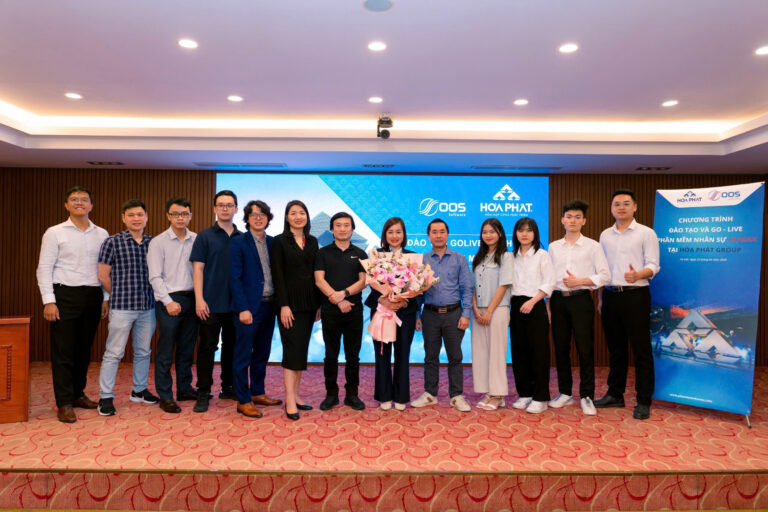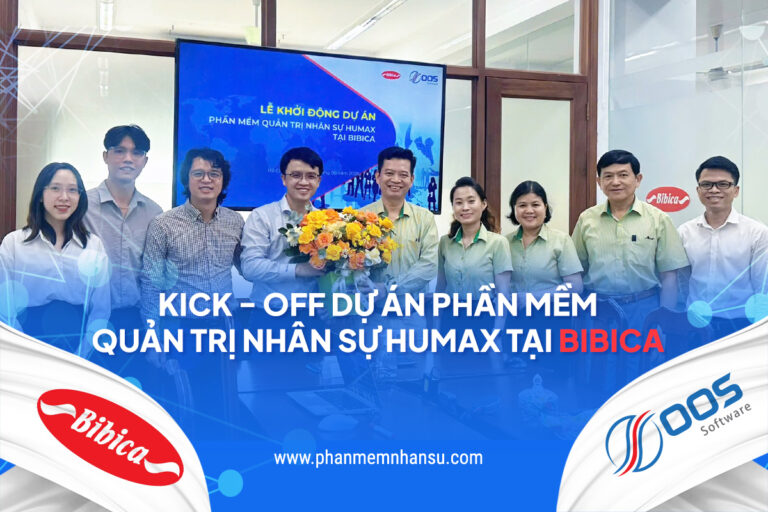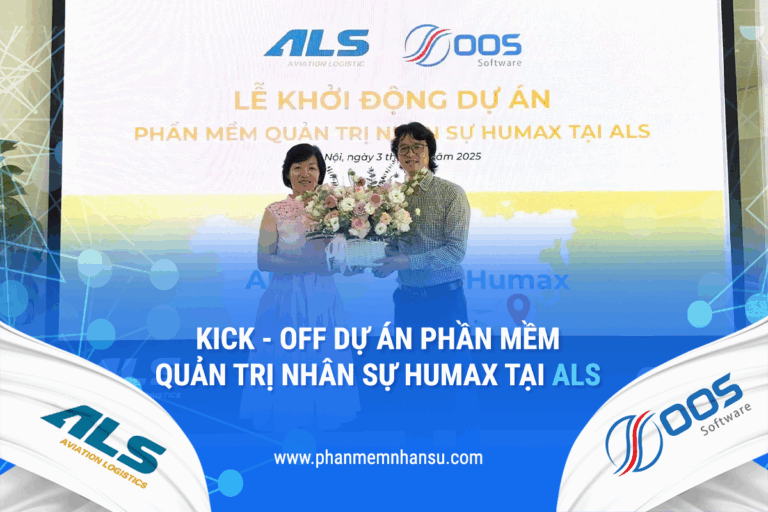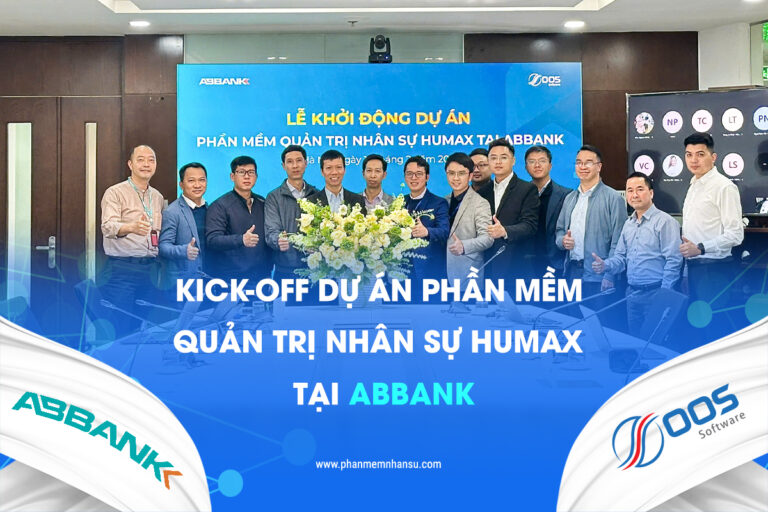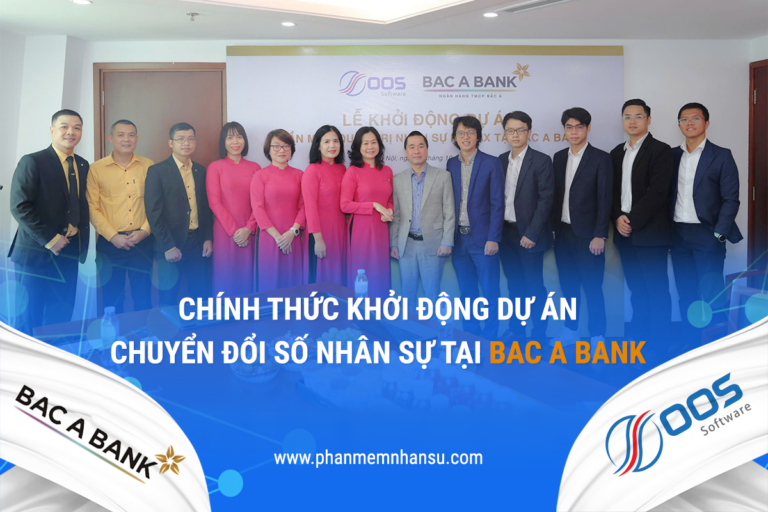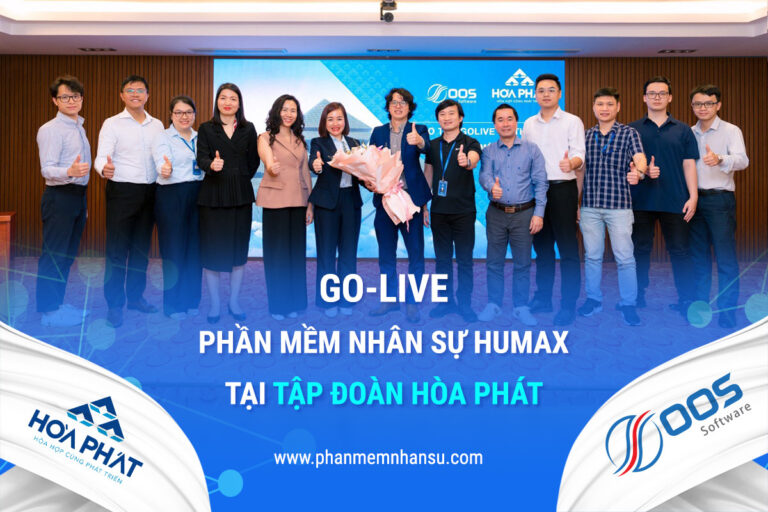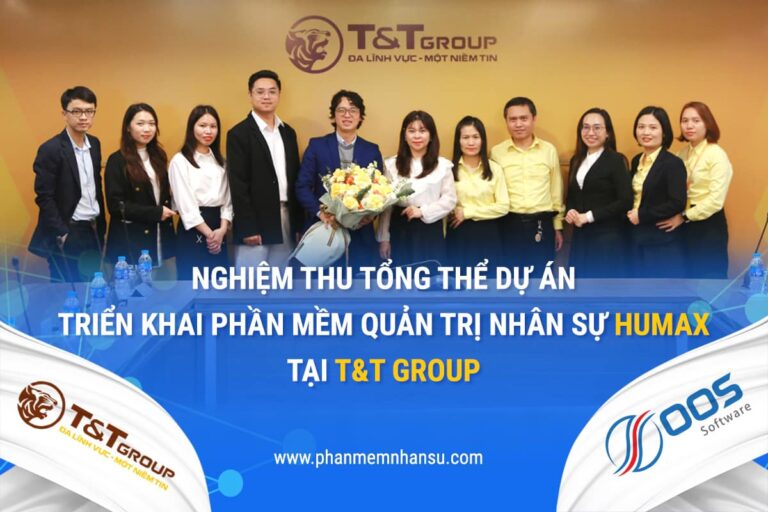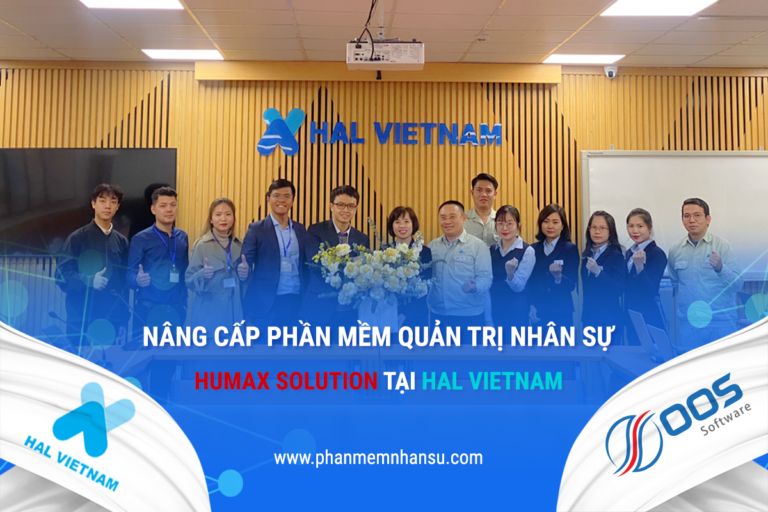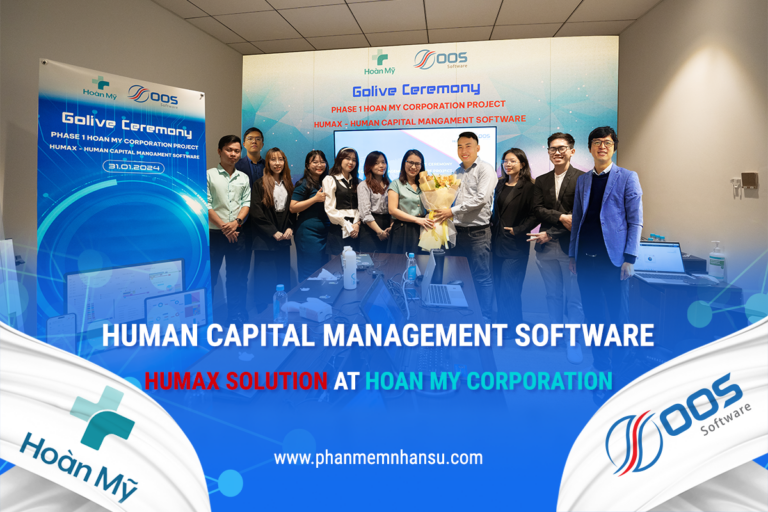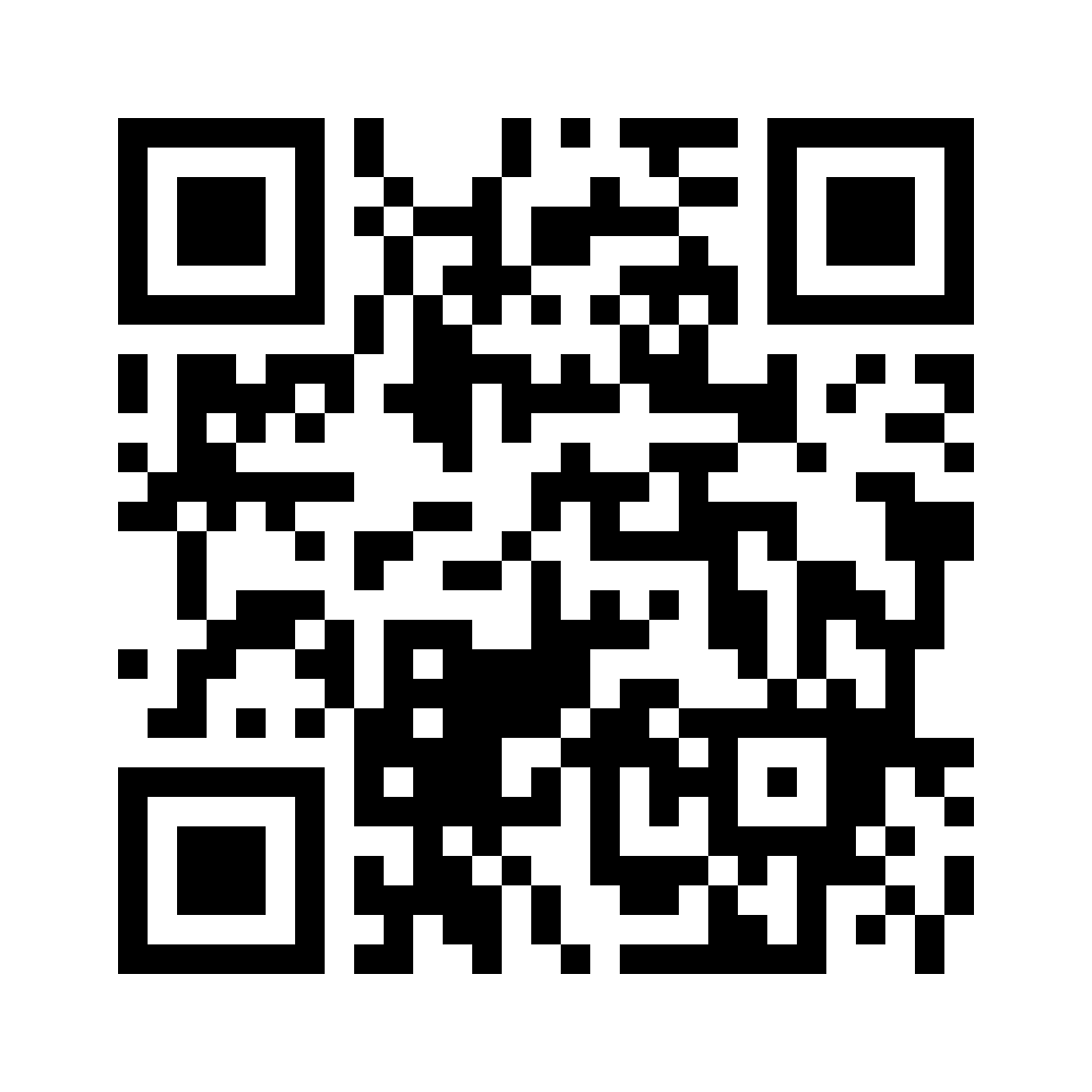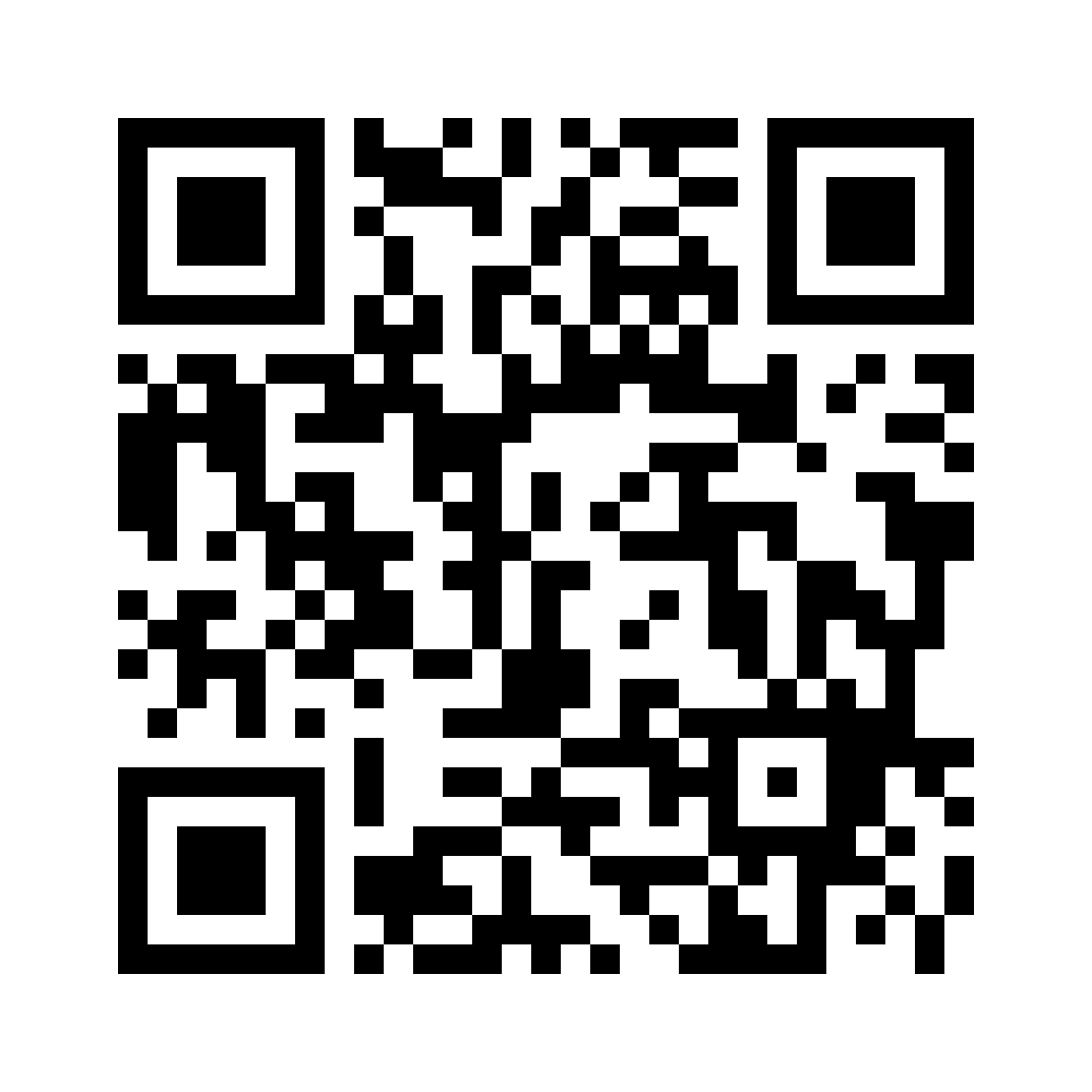Employee Experience (Employee Experience) is not only a new trend in the field of human resource management but also an important aspect for the development and success of every organization. In an increasingly competitive corporate world, the ability to attract, retain, and work effectively with talented people is paramount. That's why creating a positive employee experience has become a top priority for many organizations.
This article will explore in detail what employee experience is, myths about employee experience, and how organizations can apply technology to build a modern employee experience.
1. What is an excellent employee experience?
Employee experience is a concept used to describe all the experiences an employee has while working at an organization. It covers all aspects of working life, from the recruitment process and initial employment contract to career progression, personal development, and a sense of day-to-day job satisfaction. .
Employee experience determines an employee's level of satisfaction and commitment to their job and organization. A positive experience can create happy, proud and motivated employees to contribute their best at work. Meanwhile, a negative experience can lead to loss of interest, stress and even employee departure.
See more articles: New employee onboarding process improves HR experience

2. Myths and truths about employee experience
2.1 Good salaries and bonuses are enough to retain employees.
According to Navigos Group's report on salary and labor market, the most important factor to retain workers is the working environment. Ranked 2nd is Salary - Bonus and lastly is corporate culture.
This means that employees' thinking has changed as they no longer absolutely evaluate the role of Salary - Bonus. In recent years, the working environment has received increasing attention, even as a prerequisite for retaining employees and motivating them to stick with and contribute to the company.
2.2 Doing employee experience requires a large budget
Employee experience is influenced by many different factors. Creating positive experiences requires organizations to focus on specific factors such as:
Working space
The workspace is the first experience employees have when entering the company. Creating a friendly working space is the key to making a good impression on employees. Air conditioners, air conditioners, restrooms, gyms, health and mental health care incentives, etc. are factors that help employees be satisfied with the working environment.
Besides, businesses can allow employees to freely choose their workspace and personal schedule. Creating a good workspace requires businesses to have a reasonable capital allocation plan to optimize the budget and ensure effectiveness in the employee experience.

>>> See more articles at: Build a positive working environment
Corporate culture
The corporate culture of each organization has its own distinct and specific aspects, reflecting the uniqueness of the organization. It can be the mission, vision, attitude, values, etc. that the organization brings together and is expressed through the way of action, shaping work attitudes and human values.
Creating a positive work culture and motivating employees can be done through changing the mindset and values of the organization. This does not require a large budget, but requires commitment from leadership and participation from all employees.
In short, the use of budget in the employee experience process depends on the strategy and conditions of each business. Finding the right directions in the experience creation process is what businesses need to pay the most attention to.
See more articles: Building a recruitment brand to attract talent
Equipment and technology for work
In the era of rapid digital technology development, work also requires complete technical equipment, businesses need to meet this need well.
Technological equipment for work is a factor that directly affects employee experience. Investing in equipment may require a relatively high budget, but it is necessary in solving tasks, increasing experience and avoiding unnecessary problems.
2.3 Measure the effectiveness of employee experience design and implementation
Employee experience is as important as customer experience, and needs to be measured regularly. Measuring employee experience is key to differentiating leading companies. It is also the single most important driver of employee engagement and overall employee retention.
According to a McKinsey study, employees with positive experiences are 16 times more engaged than those with negative experiences.
Employee experiences are subjective and personal, but with the right tools, businesses can turn each employee's story into measurable results. From there, it creates certain benefits that bring perfection to the business.
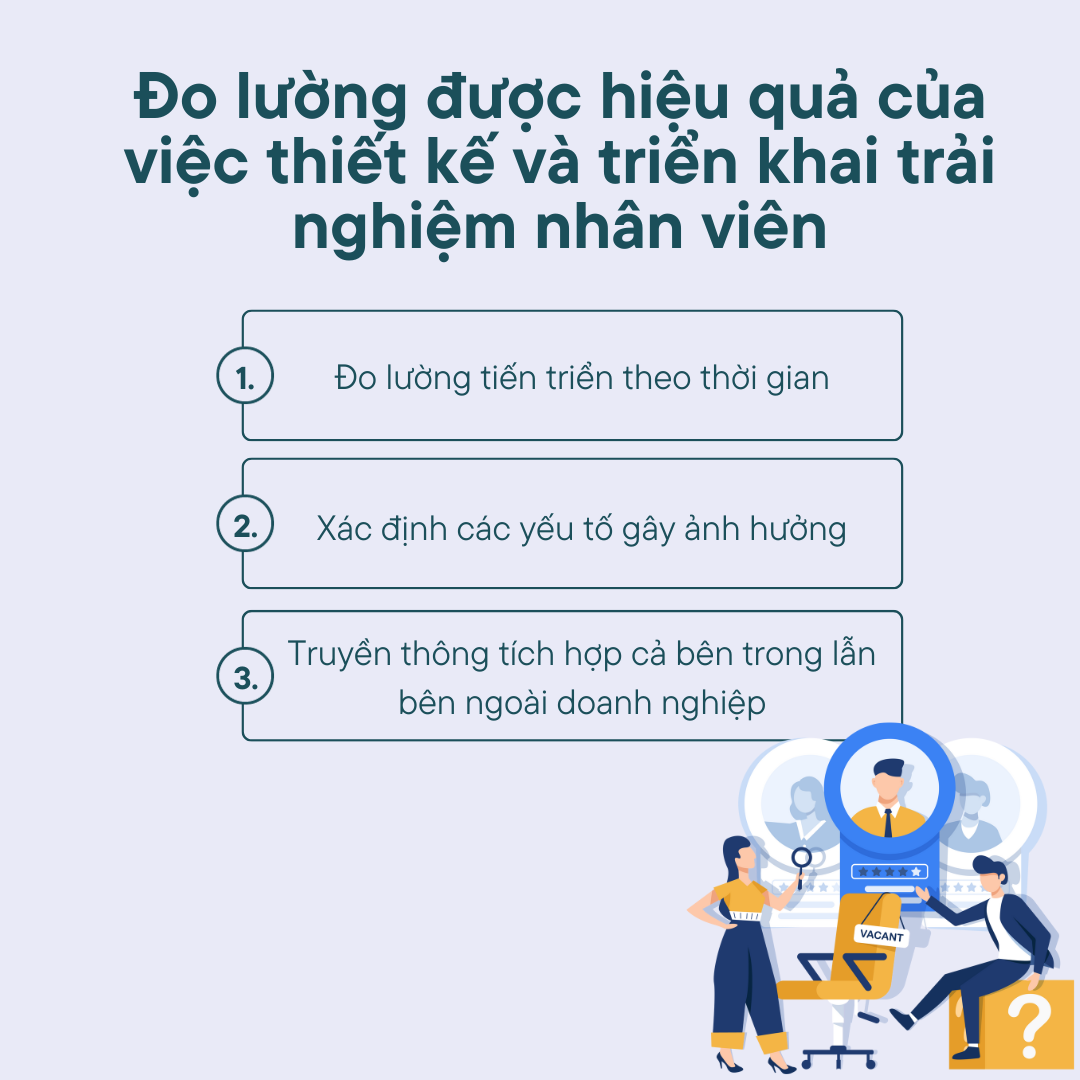
- Measure progress over time
To evaluate the success of an employee experience program and keep it on track, businesses can use old measurement results as a benchmark. These results also help businesses monitor the impact of external events – such as recession or cost of living – on employees, and then provide appropriate support options for employees. pellets.
- Identify influencing factors
The employee experience is made up of many aspects, including the work environment, company culture, and relationships with colleagues. By measuring employee experience, businesses will know which factors are driving positive experiences and which need to improve.
- Integrated communication both inside and outside the business
Employee experience measurement results bring objectivity and constructiveness to discussions, while also providing clarity in internal and external communications. Businesses can also use the results of experience scores to provide information and introductions about the business to new employees, giving candidates a direct and different view compared to other companies.
In conclusion, measuring employee experience can be done effectively, helping to create a positive work environment while delivering business benefits and facilitating employee engagement. long-term development of the business.
2.4 Employee engagement is an unattainable goal in these times.
Businesses need to clearly define the importance of employee attachment to the organization, which is not only the connection between people but also the secret to helping businesses achieve unity and synchronization in their organization. collective, thereby successfully completing the set common goals.
So how do businesses engage employees effectively?
- Employees are employed according to their wishes and abilities
Not just paying an attractive salary to employees will win their long-term commitment. If the employee is not assigned professional work tasks, the working environment is restrictive and stressful, or the management is not flexible, it will easily lead to the employee leaving the company and looking for other jobs. other environments suitable to their aspirations and abilities.
- Create opportunities for employees to develop professionally
Building a development roadmap for employees is a way to boost work motivation, create opportunities for professional development and create long-term attachment to the organization. If an employee feels and predicts the direction of their future career development relatively clearly, they will certainly be much more attached to the company. Therefore, companies and businesses should create conditions for employees to seek opportunities, be creative and even express their own talents to find ways to develop themselves.
- Flexible and dedicated management
The working style of leadership greatly affects employees. Any employee wants to work with a manager who not only has good professional capacity but is also thoughtful and cares about employees in the team, department or business. Therefore, setting an example and showing proper feelings and attitudes from managers to employees can be effective in connecting employees with the organization.
- Create a comfortable interactive environment for employees
Attitude, proactive communication and a positive mindset can promote a healthier work environment. Working in an open environment, comfortably communicating and interacting with people around will make employees happier and more interested instead of being silent and lacking interaction.
2.5 Engagement is a testament to an excellent employee experience.
Creating an excellent employee experience requires a whole process of corporate research and development, depending on many factors such as the environment, leadership, development opportunities, values and goals of the business. . Engagement is the same, it depends not only on the employee's experience, but also the employee's work process and orientation for work and future career.
Employees may have initial attachment orientations with the business through good experiences, but ensuring long-term commitment is a process of work and orientation of both the business and the employee. that pill.
3. Apply technology to build a modern employee experience
In the digital age with evolving technology, applying technology to the workplace is central to employee experience.
Employees need technology with specialized software, utilities, and modern equipment to meet their needs and work productivity. Devices such as computers, laptops, etc. need to be updated regularly to ensure the best performance. Technology software: word processor, data management, smart timekeeping management,... helps managers process information, update and track employee performance quickly.
Inadequacies in human resources system management will be resolved more quickly and easily when using OOS's management software - HUMAX. Helps promote organizational performance and enhance employees' positive experience with the organization.
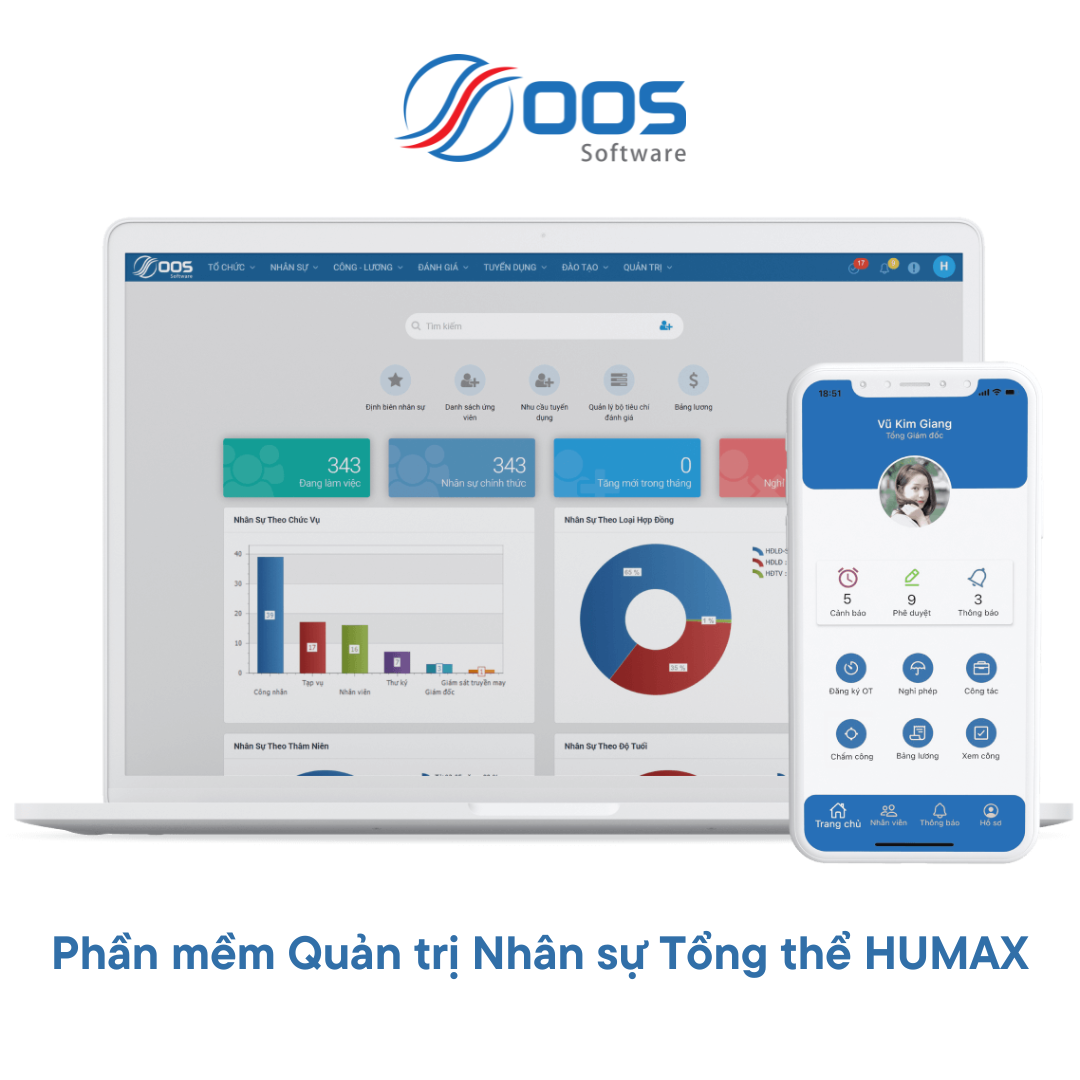
Data management:
- Information portal for HR with an overview of personnel fluctuations
- Information portal exclusively for employees and managers
- Information wall connecting human resources
- Use on Website and Mobile App
- Integrate e-contract, e-signature, chatbot and FaceID
Easy Work and Salary Management:
- Integrates many timekeeping methods: GPS, FaceID, Timekeeper
- Report the payroll to the payroll
- Allows building salary and bonus calculation formulas
- Flexible deviation reporting function, helping personnel provide timely explanations
- The procedure approval process is resolved quickly
OOS Software has more than 10 years of accompanying many businesses and corporations. Contact now to Get advice on Human Resources Management Software for your Business.

